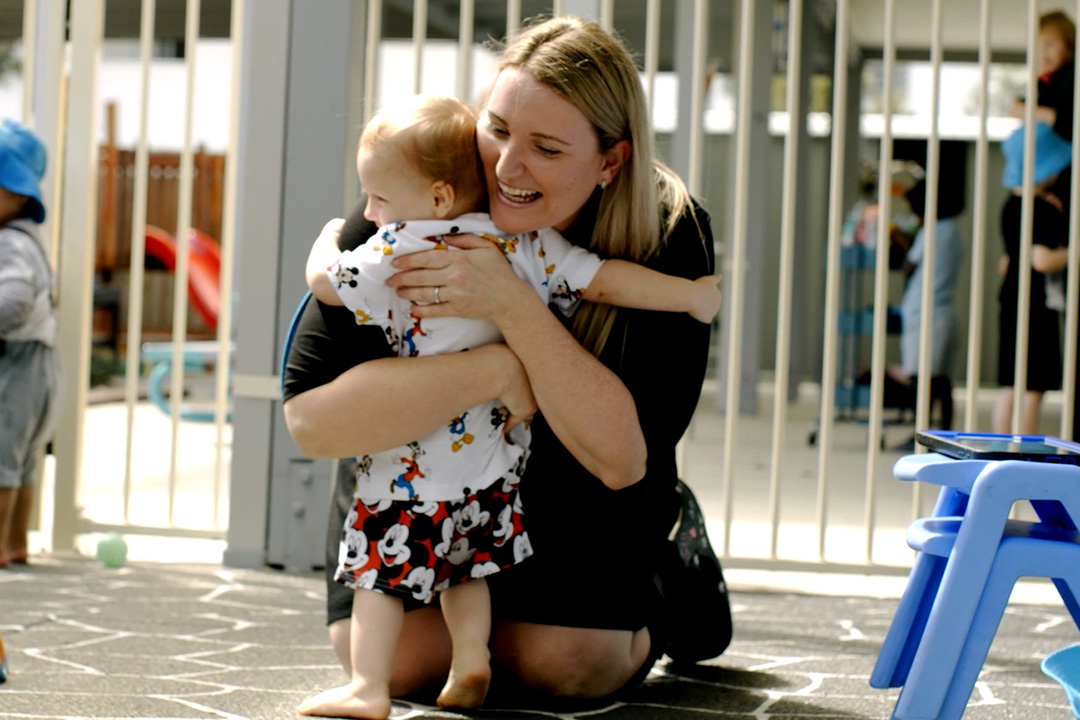Communication is an essential part of living in society. It’s important to teach children effective communication skills to set them up for the relationships they will build in the big wide world.
Young children are like sponges and quickly pick up on what those around them are doing. This doesn’t just apply to learning how to use cutlery and tie their shoes, but also to the manners and expressions of those closest to them.
By using effective communication methods with our children, we’re not only helping them feel safe and secure but also teaching them everyday life skills.
Below are a few examples of how to practice positive communication skills with children.
Start when they're born
You may be thinking that you don’t need to begin practising effective communication with children until they’re chatting away themselves. This isn’t the case! In fact, talking to children when they’re first born or pre-birth whilst in the womb, can be a good way to foster positive communication skills as they grow.
Start out by chatting through the steps of what you’re doing, or ask them how their day’s going and leave space for a response. As they get older, they may begin babbling in this space, then responding with simple words.
Be present
It can be difficult to be a present parent at all times. Sometimes we simply want to sit down with a book, reply to a text when our phone dings, or catch up on more than 10 minutes of our favourite show before being interrupted! Our little ones often don’t understand the importance of adult downtime. While it’s a good idea to establish some boundaries and make time to decompress and unwind, it’s also important to be present during the moments spent with our children.
Being present means putting down the phone and focusing on what children are doing and saying. Get involved with the play your children are engaged in, whether that’s helping them with their blocks, colouring in, or playing dress-ups and make-believe. Listen to what they have to say, and take their directions as they brainstorm ideas and create new scenarios.
Ask about their feelings
Communicating effectively when we’re in a good mood is one thing, but remaining calm and kind when we’re stressed or frustrated can be another kettle of fish. When children are feeling sad or angry, they may struggle to express their feelings more and become frustrated.
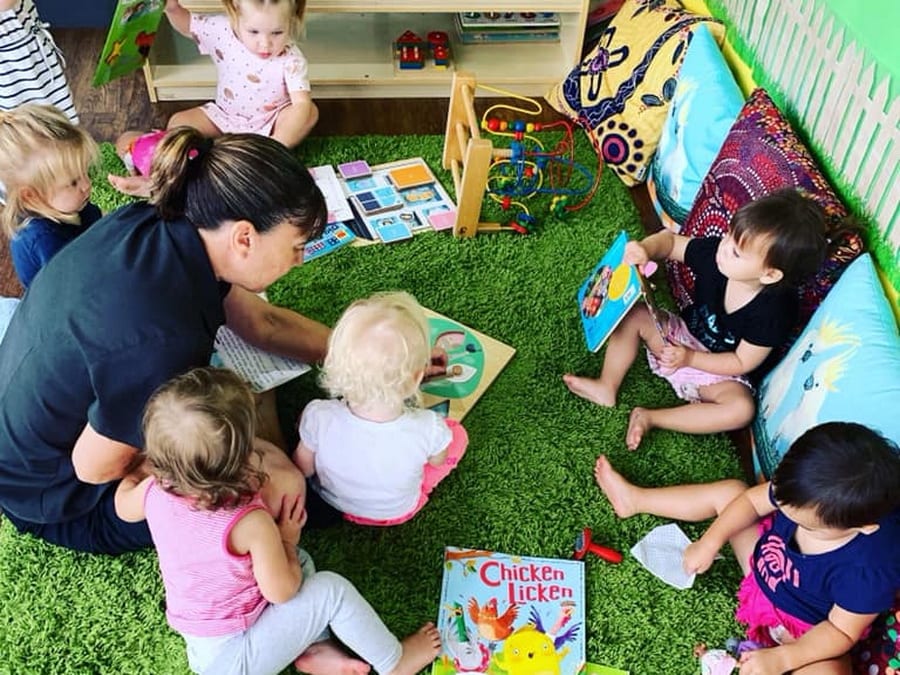
Asking about your child’s feelings can help them to identify their emotions and then learn coping techniques for when they feel certain ways. For example, when you see your child is angry, you may like to ask them what is making them upset. You can then teach them techniques such as deep breathing and taking a step back from the situation. Naturally, the level of complexity you go into will depend on your child’s age.
Use positive reinforcement
When it comes to disciplining children, it’s often more effective to use positive reinforcement rather than negative. This means praising them when they do something well, rather than criticising or punishing them when they make a mistake.
For example, if your child is sharing and playing cooperatively with their sibling, you might say “I’m so proud of the way you’re sharing your toys with your sister. Well done!” If they then hit their sibling, you could say “It looks like you’re feeling angry. It’s okay to feel angry, but we don’t hit people when we’re angry, we need to walk away.”
Positive communication begins with how you speak with your children and teaching them to focus on positive aspects rather than dwelling on negatives and mistakes.
Use positive body language
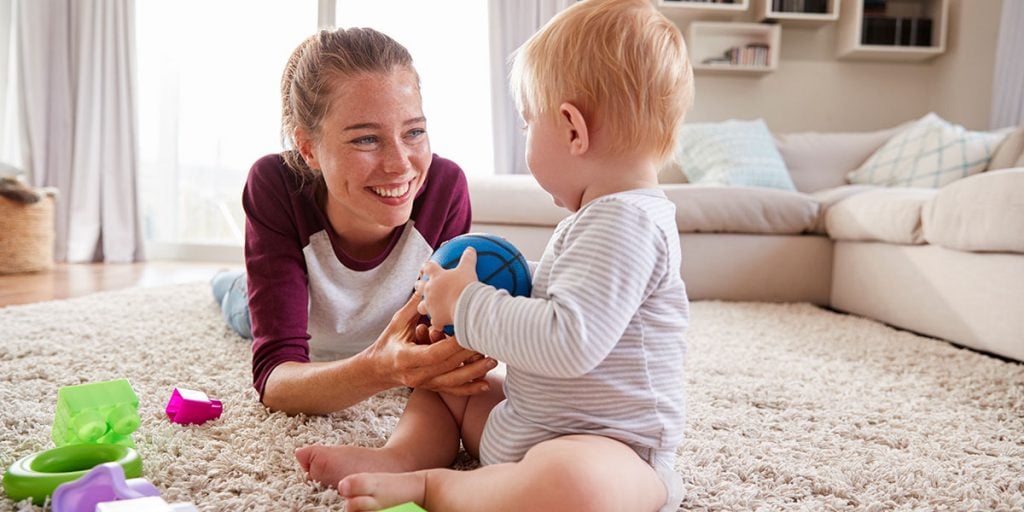
It’s not just about verbal communication. When communicating with your child, try to use encouraging and positive body language. This can include leaning in when your little one is speaking to show engagement, nodding along as they talk to show you understand what they’re saying, reflecting on their facial expressions, and maintaining eye contact to demonstrate interest and respect.
Using positive body language doesn’t just apply to when you’re directly communicating with your child. Remember, children are always watching on with wide eyes, taking in what those around them are doing. Try to use positive body language when communicating with other adults in front of your children. By observing how others behave when communicating, children learn skills for how to communicate effectively.
Watch their body language
Body language is a key to understanding the emotions your child is feeling but not saying. Do they seem open and receptive to what’s being said? Are they retreating into themselves or avoiding eye contact? If they’re averting their eyes, they could be trying to avoid talking about something.
Be patient and gentle when addressing your child that are displaying negative body language. Express to them that you can tell they’re feeling unhappy and point out the body language that’s showing this, then ask them how they are feeling. Once they address their emotions, you can then explore why they might be feeling that way, together. By showing children how their body language can represent the emotions they’re feeling, you’re also teaching them to identify these tells in others, which can in turn make them better communicators.
Customise your responses
In general, children have shorter attention spans than adults. They’re still learning the skills of patience and listening. When talking with your child, be sure to use words they understand. The vocabulary you use around your children should develop and expand as they grow older.
Your responses should also be short and to the point, to hold your child’s attention. This doesn’t mean you should avoid in-depth conversations with them altogether — just make sure to break things down in a way they understand.
Encourage kids to ask questions
A big part of positive communication is being able to ask questions. If your children never feel comfortable or confident enough to ask questions, they may bottle up their thoughts and emotions, which can lead to problems down the line.
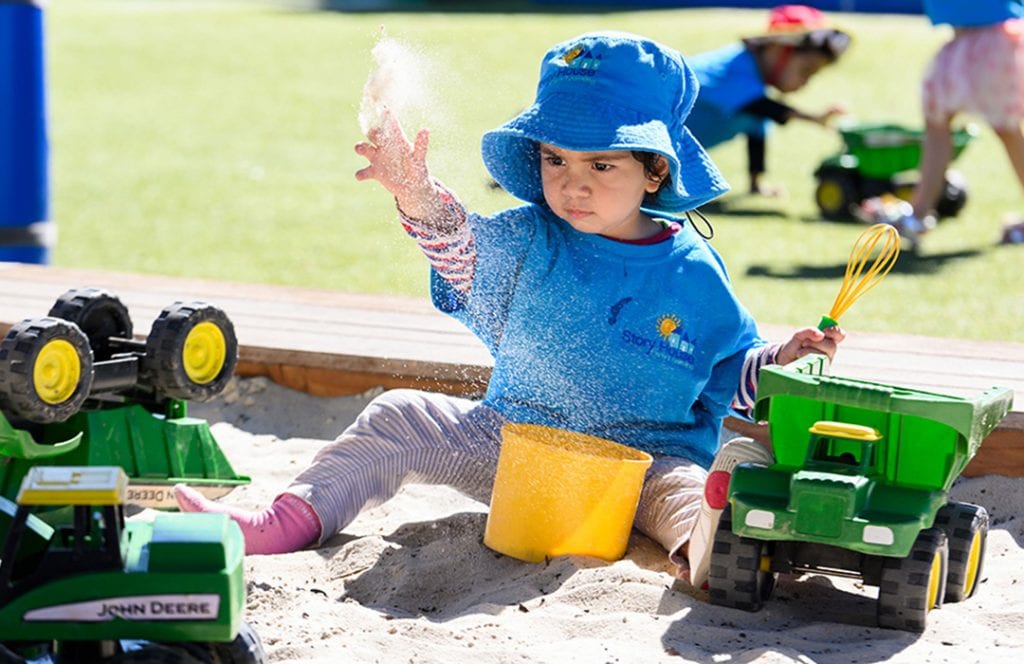
Whenever you’re talking with your child, encourage them to ask questions if they’re unsure about something. If they don’t understand a particular concept, take the time to explain it in different ways until they do. By regularly encouraging children to ask questions, you create an environment where communication is open and they’re free to express themselves.
Positive communication - let them know it's okay to make mistakes
Nobody’s perfect, and that includes children. If your child makes a mistake, it’s okay to let them know. What’s important is how you communicate this to them.
Try to avoid using phrases like “you’re wrong” or “you should have done this.” Instead, focus on the positives and what your child can do next time. For example, you could say “Good try! Next time, let’s try it this way.”
By showing them that it’s okay to make mistakes, you encourage children to keep trying new things and to communicate openly about their thoughts and feelings — even if they think they might not be perfect.
Don't finish their sentences or cut them off
While it may be tempting to cut your children off when they’re rambling or finish a sentence off for them when they’re struggling to find the right word, try to refrain. This can make kids feel like you’re not really interested in what they have to say or that their thoughts and opinions don’t matter.
If your child is struggling to find the right words, help them out by giving them time to think or asking guiding questions. Resist the urge to take over and finish their sentences for them. Not only does this helps children feel valued, but it also teaches them positive communication skills for conversing with others.
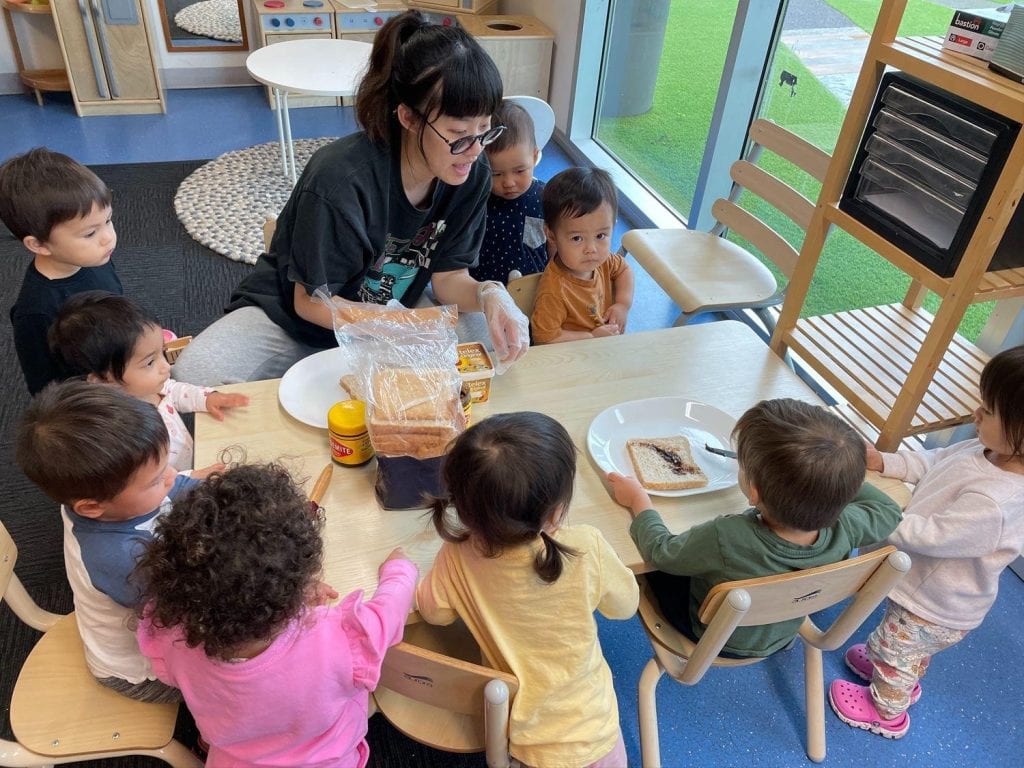
Bring them into conversations
Try to involve children in some of the conversations you have with other adults, rather than excluding them each time. Keep in mind that children are people, just little ones right now. By being involved in different talks, kids can also learn new words to add to their vocabulary.
While you might not want to involve them in every conversation, picking and choosing appropriate times can help kids feel included. This also allows them to practice their communication skills by listening and responding to what’s being said.
Bringing your children into adult conversations also teaches them how to include others. This can be helpful when they go to school, as it shows them the skill of bringing those on the outside in to be included.
There are many different effective and positive communication skills you can practice with your children. From active listening through to encouraging questions, teaching these helpful skills will set your kids up with communication techniques they can utilise throughout their life. It’s never too soon to start showing your little ones how to be good listeners and effective communicators!

